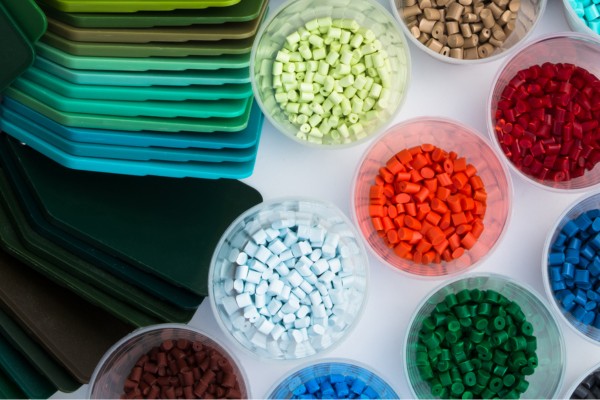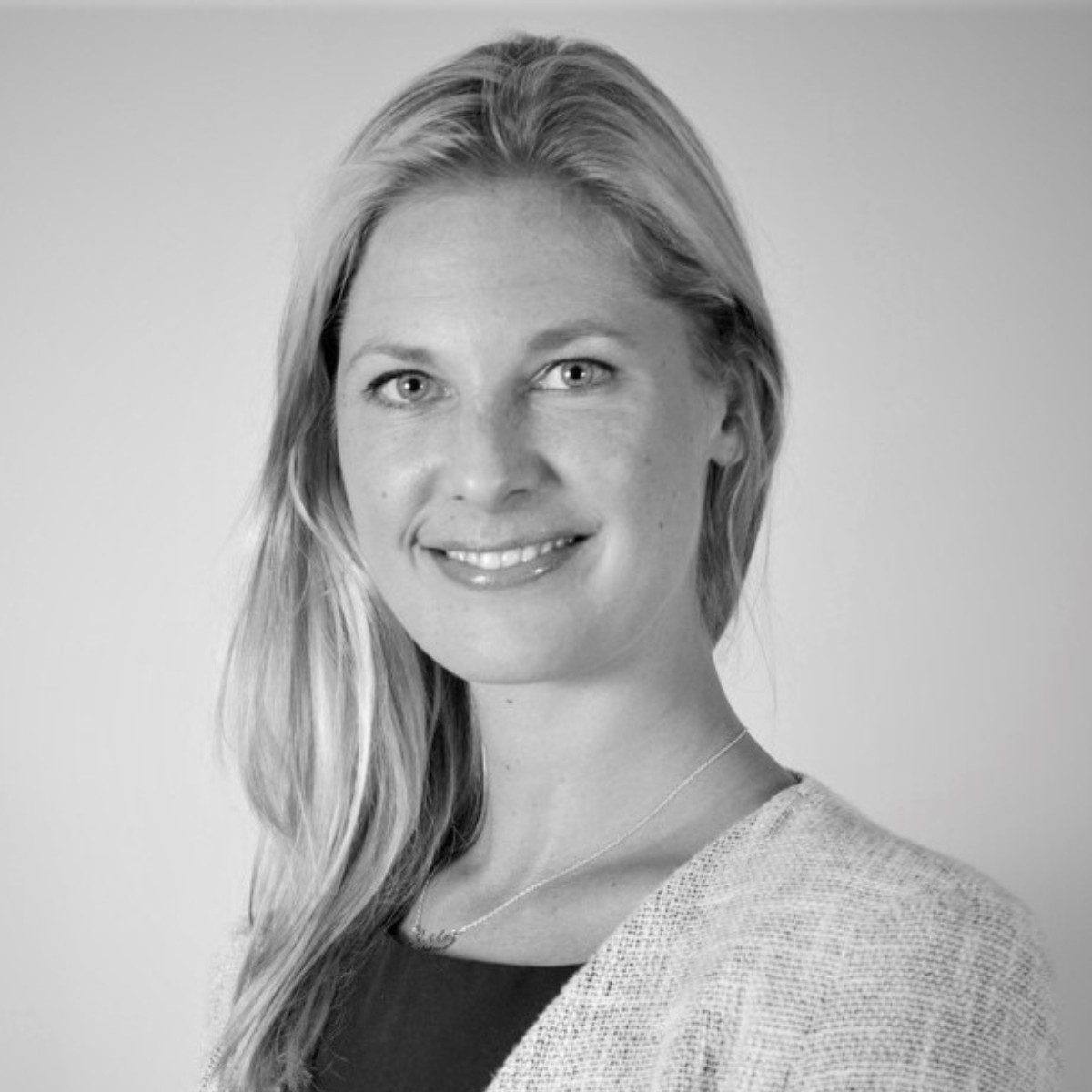
The Living Building Challenge (LBC) Red List represents the “worst in class” materials, chemicals, and elements known to pose serious risks to human health and the greater ecosystem that are prevalent in the building products industry. Though Polyvinyl Chlorides (PVCs) have a wide range of applications in the built environment and beyond, they are a class of chemicals that are now on the Red List. Sophie Hutchinson explores why.
In February 2023, images of huge, black, billowing smoke clouds over the town of East Palestine filled our media channels. A Norfolk Southern train had derailed in Ohio, carrying several hazardous chemicals, most notably vinyl chloride, a key ingredient in making hard plastics like Polyvinyl Chloride (PVC).
Emergency crews were forced to burn off the vinyl chloride that spilled from the five derailed train cars, sending chemicals high into the air, that was then carried by the wind over nearby towns. The spill directly killed 44,000 animals in nearby waterways – wildlife, chickens and family pets became gravely ill or even died, and a huge proportion of residents reported systems of nausea, shortness of breath, and headaches.
This damage to human, animal and ecological life is precisely the disaster that the Living Building Challenge ‘LBC Red List’ seeks to avoid. The Red List summarises the ‘worst-in-class’ chemicals, including PVC, that are known to pollute the environment in their production, bioaccumulate up the food chain and/or cause harm to factory workers. They have also been selected for the greatest positive impact should they be removed from the building industry.
Why is PVC so bad?
Due to its ability to be shaped into many forms (particularly when combined with another Red List chemical, phthalates), PVC’s applications are extensive. Within the construction industry alone, it can range from window and door profiles, pipes, and fittings, roofing and floor applications, wall coverings, internal and external cladding, and power and telecom wiring and cables. According to Greenpeace, this wide-spread PVC production is having significant knock-on effects on the environment, such as driving the use of chlorine (the element at the root of toxicity problems such as the hole in the ozone layer due to CFCs) and in turn, the creation of both mercury emissions from the process, and of dioxins where chlorine-based chemicals are used or burnt. Described as one of the most toxic chemicals ever produced, dioxin is highly persistent in the environment and there is no safe limit to exposure. Furthermore, PVC is thought to have such a negative impact due to the end-of-life recycling rate being exceptionally poor, the significant potential for leaching of additives in landfill, and fundamentally they are made from fossil fuels, including natural gas.
Best Practice PVC or no PVC?
The PVC minimisation/ Best Practice / Responsible PVC credits have been in some environmental rating tools since the early 2000s, to try to mitigate the health and environmental risks associated with PVC building materials through improved manufacturing processes and more extensive end-of-life PVC product management.
Whilst it can be seen that huge leaps have been made by the PVC industry to improve its processes, research continues to demonstrate the health hazards associated with PVC. This outcome alone would present a reason for being on the LBC Red List, as the List specifically seeks to avoid chemicals that are known to cause human harm.
Whereas other rating systems may seek the balance between human health, environmental, product availability and constructibility concerns, the International Living Future Institute (ILFI) is in a unique position due to its sole quest of pursuing ‘regenerative’ design. It therefore does not accept this ‘less bad’ option of improvements in harmful processes, instead advocating for ‘the most’ good outcome to be sought – in this case, total avoidance of a product that can present hazards to people and the environment at all stages of its life.
Driving change by taking a stand
In examining the example of PVC avoidance, the true force of the Living Building Challenge (LBC) can be seen. The LBC acknowledges that it is not possible, for example, to specify a light fitting without a PVC jacketed wiring encapsulation. In this instance, the certification scheme then pivots from being a rating tool to an advocacy program, whereby manufacturers are encouraged to develop safe alternatives to PVC and phthalates. The LBC sets the standard for the rest of the world to follow.
Summary
The disaster in East Palestine highlighted precisely why PVC is on the Red List – the huge demand from the construction industry is driving more transportation of highly toxic chemicals that are included in its creation, with damaging consequences. The ILFI recognises that we can’t simply tweak the processes of a fundamentally flawed chemical, and instead need to seek new and better ways of doing things.
Designing a building that is free of PVC materials seems impossible to many, but as with all great leaps in industry, things seem impossible until they are done.

Sophie has spent the past 15 years advising businesses and project teams on a range of Environmentally Sustainable design (ESD) and Environmental, Social and Governance (ESG) outcomes. As an Accredited Professional in both Green Star and the WELL Building Standard, she is passionate about guiding and inspiring built environment projects towards a healthy, Net Zero, nature positive world. She delivers training and education through her role as one of only 11 WELL Faculty members in Australia, and sits on the WELL Global Advisory as well as the LFIA Technical Working Group to help guide and improve the standards’ implementation in Australia.
She is also one of only a handful of consultants globally that have undertaken the two leading accreditations to become a Regenerative Practitioner – from both the Regenesis Institute, and from the International Living Future Institute (ILFI). Through this work, she is able to advise on the world’s most rigorous sustainability assessments, the Living Building Challenge, to achieve outcomes that are socially just, culturally rich and ecologically restorative. Sophie has worked on the only Living Building Challenge Retail project in the world (Burwood Brickworks), and is currently working to deliver Australia’s first Living Building Challenge certified residential project.

